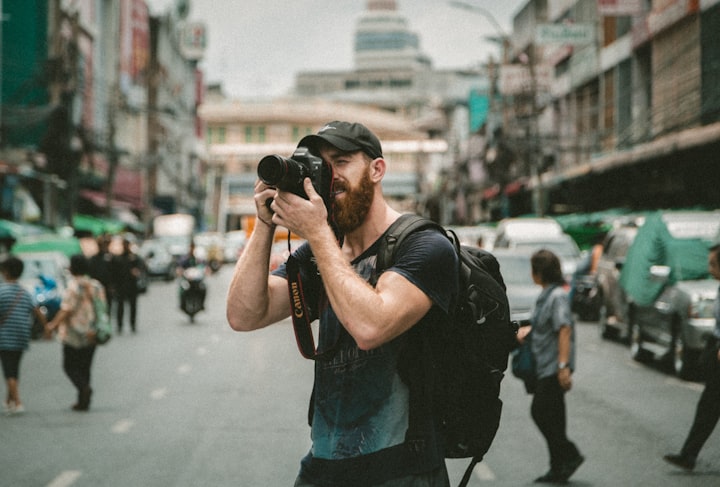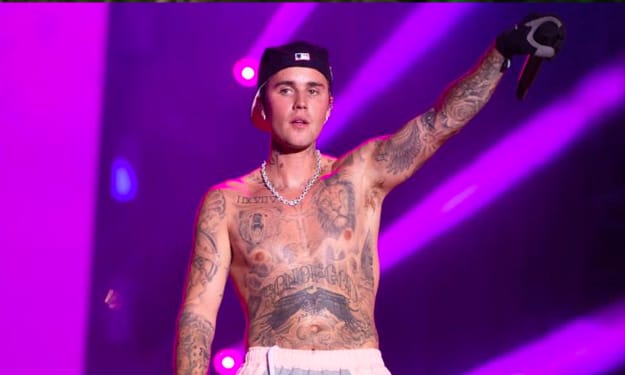
AI (Artificial Intelligence) has been making significant strides in the photography industry, offering new possibilities and challenges. While some photographers are intrigued by early forms of AI like GANs (generative adversarial networks), which allow for the creation of composite visuals from existing data, others are exploring text-to-image generators that can create images from a simple string of words.
Modern photographers use various AI tools to enhance their work, such as Imagen AI, which provides a full edit based on its learning of your previous editing style, or PortraitPro, which revolutionizes portrait editing. Additionally, Nvidia Canvas uses AI to turn simple brush strokes into realistic landscape photographs. These tools offer efficiency and precision but may not fully replace the human touch in photography.
AI is also being used in photo software like Luminar and Topaz Labs, which utilize AI-powered editing tools to enhance images. Google Photos uses AI to automatically organize and enhance photos based on brightness, contrast, and color balance. DxO PhotoLab offers features like DxO Smart Lighting for automatic exposure adjustment.
However, there are concerns about the role of AI in photography competitions. While AI-generated images may have technical merit, they lack the unique artistic perspective and human intuition that comes with a photographer’s work. Human photographers can capture moments that may not be detectable by AI and establish personal connections with their subjects, leading to more meaningful and emotionally powerful photographs.
Regulations regarding AI in photography are still being discussed at the government level. For instance, in May 2023, a Senate committee hearing took place in the USA to discuss the broader implications of AI and its potential threats. OpenAI CEO Sam Altman proposed a new copyright model for art created using AI to compensate artists whose work was used to create something new. The regulation was deemed crucial by all parties involved to ensure the ethical use of this technology in the industry.
Despite these advancements, human photographers remain essential in capturing authentic moments and emotions that cannot be replicated by AI algorithms. The future trajectory of AI in photography holds both opportunities and challenges as it continues to evolve alongside human creativity maintaining their creative flair and human touch in the project.s.
Useful Photography AI Tools
1. Aftershoot Culling & Editing
Aftershoot is an AI tool designed for photographers that combines culling and editing functionalities. Initially developed as a culling software, Aftershoot allows users to quickly and intelligently sift through large volumes of photos by considering factors like composition, blur, closed eyes, emotion, and duplicates. Recently, Aftershoot introduced Aftershoot EDITS, which automates the photo editing process after culling. The AI algorithms of Aftershoot can mimic your editing style with high accuracy based on past edits made in software like Lightroom or Capture One.
2. Topaz Labs
Topaz Labs offers a suite of image enhancement tools powered by AI technology. Known for its plugins for popular software like Photoshop and Lightroom, Topaz Labs now provides standalone products such as DeNoise AI, Sharpen AI, and Gigapixel AI. These tools specialize in enhancing image quality by reducing noise, sharpening details, upscaling images without quality loss, and improving blurry photos. Topaz Labs’ software can be integrated into existing workflows or used as standalone applications.
3. Generative Fill in Photoshop
Generative Fill is a feature in Adobe Photoshop that utilizes an AI picture generator called Firefly to revolutionize photo editing. This tool enables users to add or remove elements within an image using simple text prompts. By highlighting specific areas in a photograph and utilizing the Generate function with text input, users can manipulate images seamlessly with the assistance of AI technology.
These are just a few examples of the many AI tools available to photographers today that streamline processes such as culling, editing, noise reduction, and image enhancement.
In conclusion
AI has made significant advancements in the photography industry, offering tools that enhance editing, automate processes, and generate images. However, while AI can improve efficiency and precision, it cannot fully replace the unique artistic perspective and emotional connection that human photographers bring to their work. Regulations are being discussed to ensure the ethical use of AI in photography, and the future of AI in the industry holds both opportunities and challenges.






Comments
Andrea R is not accepting comments at the moment
Want to show your support? Send them a one-off tip.